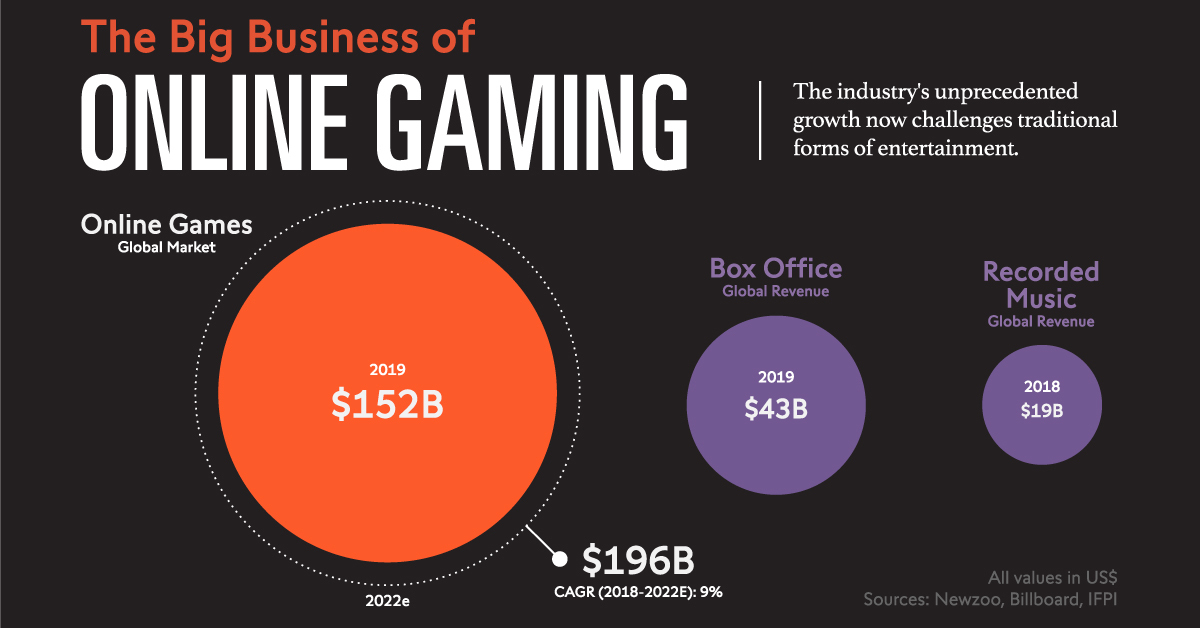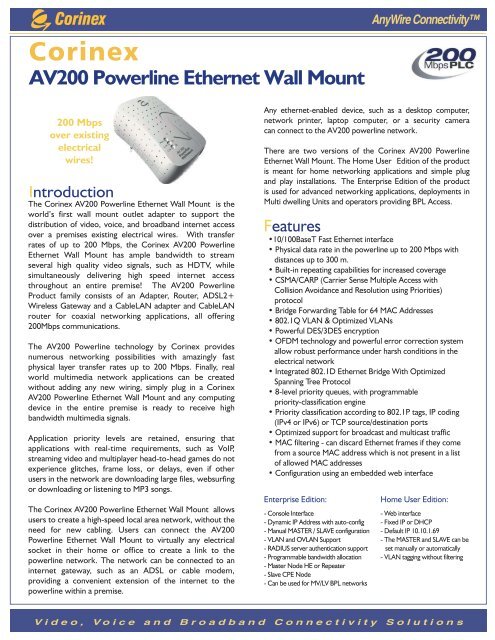

Additionally, these monitors tend to be curved, like you’ll find with Deco Gear’s 43-inch and 49-inch ultrawide monitors.

Monitors of this size tend to be ultrawide screens - meaning they have long aspect ratios and lots of horizontal space. Starting us off, we have extra-large screen sizes of 40 inches or more. Knowing the difference between screen size and the real-world physical dimensions of the monitor can save a lot of hassle. This is an important distinction to make when shopping for a new gaming monitor or a companion for your work laptop. In truth, screen size isn’t determined by the physical dimensions of the monitor itself, but by the distance between the opposing diagonal corners - either top left to bottom right, bottom left to top right, and vice versa.

If you were to look at the image above, what would say the size of the screen is? If you are one of the many who thought the answer was the height, width, or some combination of the two, that’s okay - it’s a common mistake. While there are plenty of places to dive into the details of screen resolution and color reproduction, in this space we will be focusing on which monitor size is best for you. VA panels, refresh rates, contrast ratios, response times - all of these are key elements that come together to decide the price point and purpose of any given monitor. The computer monitor landscape is easy to get lost in if you don’t know what you’re looking for. A quick guide to monitor screen sizes that goes beyond ‘will it fit on my desk?’


 0 kommentar(er)
0 kommentar(er)
